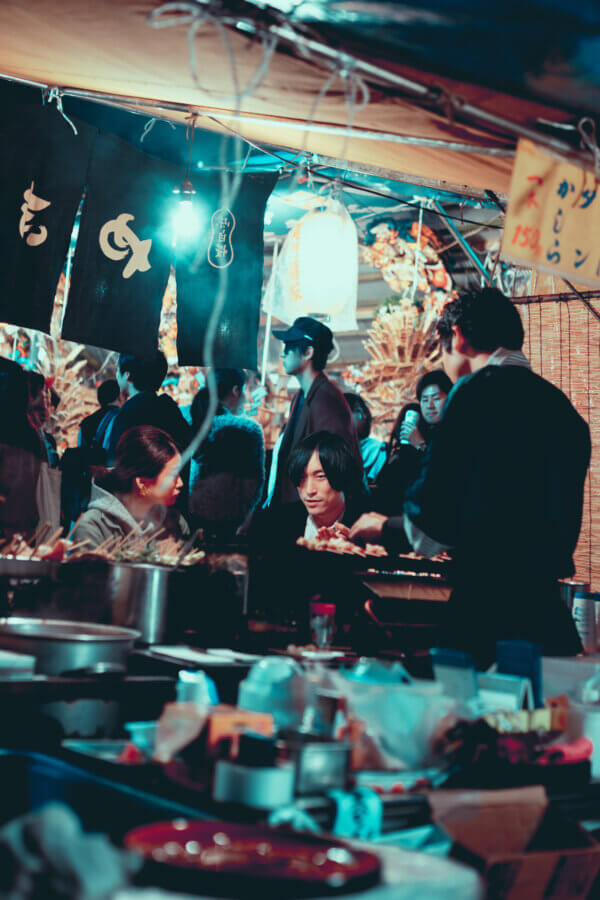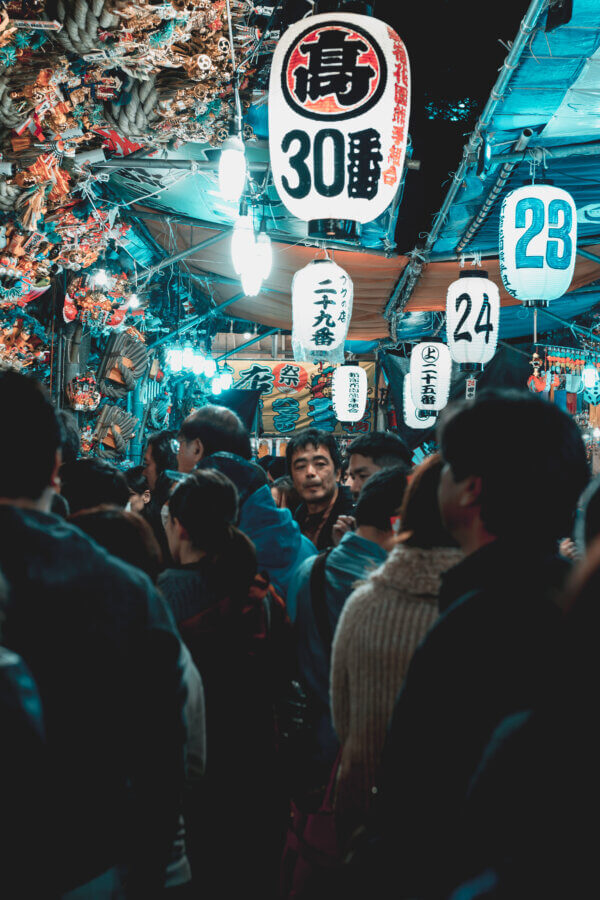Things to Do in Shinjuku – How to spend a whole day in Shinjuku!

Nestled at the heart of Tokyo, Shinjuku stands as a dynamic district that pulsates with energy, offering a myriad of experiences for locals and tourists alike. From towering skyscrapers to serene parks, Shinjuku is a kaleidoscope of modernity and tradition. In this comprehensive guide, we'll explore 15 must-try things to do in Shinjuku, ensuring your visit to this bustling neighborhood is nothing short of memorable.
Things To Do During Day Light

Shinjuku Gyoen National Garden stands out as one of Tokyo's most beloved parks and can't be missed as one of the things to do in Shinjuku, and it's easy to see why! Located in the heart of the city, this park has three distinct gardens—Japanese, French, and English—each has its own delightful allure.
The Japanese garden features traditional elements like ponds, bridges, and teahouses, while the French garden is known for its manicured lawns and rose gardens. The English landscape garden is a great place to relax and enjoy the natural scenery, with its rolling hills and sprawling lawns.
Home to over 10,000 trees, including numerous cherry trees, Shinjuku Gyoen becomes a hotspot during the cherry blossom season, painting the landscape in mesmerizing hues. The garden is also beautiful in autumn when the leaves change color.
Tips for First-Time Visitors
- Buy your tickets in advance, especially if you're visiting during the cherry blossom season. Tickets can be purchased online or at the park entrance, but they can sell out quickly during peak season. You can either purchase the one-time entry ticket or the annual pass.
- Wear comfortable walking shoes. The park is quite large, so you'll be doing a lot of walking.
- Bring a picnic lunch. There are a few restaurants and cafes in the park, but they can be crowded, especially during peak season. There are also plenty of benches and picnic tables where you can enjoy your own food.
- Be respectful of the park rules. This includes no smoking, no littering, and no playing ball.
- Take your time and enjoy the scenery. Shinjuku Gyoen is a beautiful park, so be sure to take your time and savor the experience.
Fun Fact: Shinjuku Gyoen National Garden used to be the private garden of the Naito family, one of the most powerful daimyo (feudal lords) in Japan during the Edo period. The garden was opened to the public in 1949.
- March 15 to June 30 and August 21 to September 30: 9:00 AM to 6:00 PM
- July 1 to August 20: 9:00 AM to 7:00 PM
- October 1 to March 14: 9:00 AM to 4:30 PM
- Adults: 500 yen
- Seniors (65 and over): 250 yen
- Students: 250 yen
- Children (15 and under): Free

Step right up to the Shinjuku Batting Center, located in the lively Kabukicho district of Shinjuku, Tokyo! They've got 10 cages here, each with pitches speeding from 80 to 130 km/h, catering to everyone from total newbies to pros. And hold onto your helmets – they've even got a dedicated pitching cage for those looking to finesse their pitching skill! No need to worry about not having any baseball equipment, as bats, shoes, and gloves are provided, with the option to rent helmets for a nominal fee!
So... Are you ready to play? Just snag a token from the vending machine, pop it into the cage's magic slot, and voilà – you've got 26 balls waiting for your epic swings.
Tips for First-Time Visitors
- Choose a cage with a pitching speed that is appropriate for your skill level. If you are a beginner, start with a slower speed and gradually increase the speed as you improve.
- Warm up before you start batting. This will help to prevent injuries.
- Swing smoothly and keep your eye on the ball.
- Don't be afraid to miss. Everyone misses at first.
Fun Fact: Shinjuku Batting Center is one of the most popular batting cage centers in Japan. It is even featured in the video game Yakuza 0
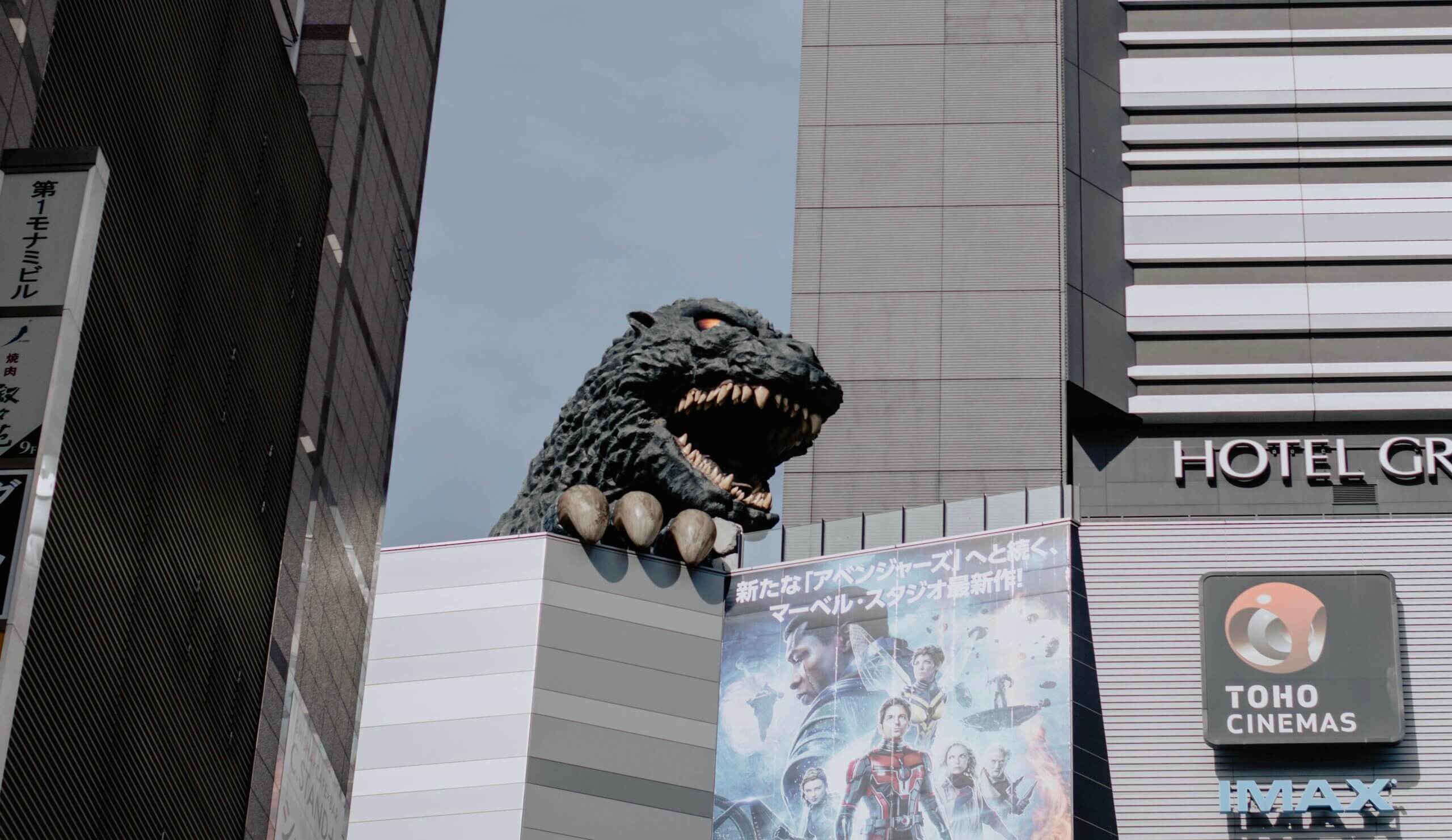
Perched atop the Shinjuku Toho Building, the Godzilla Head has become part of Shinjuku's identity, symbolizing the district's vibrant energy and pop culture appeal. Whether you're a diehard Godzilla enthusiast or simply seeking a unique Tokyo experience, the Godzilla Head is a must-visit destination! (Or something you should look out for when visiting the Kabukicho area in Shinjuku)
Tips for First-Time Visitors
- The best time to visit is in the late afternoon when it's about to get dark. You can see the sunset if you are lucky and also the Godzilla Head is lit up at night, and it looks even more impressive.
- If you want to get a close-up view, you can stay at the Hotel Gracery Shinjuku. The hotel has a Godzilla-themed room that has a direct view of the head.
- You can see the Godzilla Head from the Godzilla Terrace on the 8th floor of the Shinjuku Toho Building. The terrace is open to the public from 10:00 AM to 8:00 PM. There is also a cafe on the terrace where you can enjoy a drink or snack while enjoying the view.
- If you want to capture a great photo, try to get a shot of the Godzilla Head with the Tokyo skyline in the background.
- Be sure to check out the Shinjuku Toho Building's website for the latest information on opening hours and special events.
Fun Fact: The Godzilla Head is actually a 12-meter-tall model of Godzilla that was created for the 1992 film "Godzilla vs. Mothra".
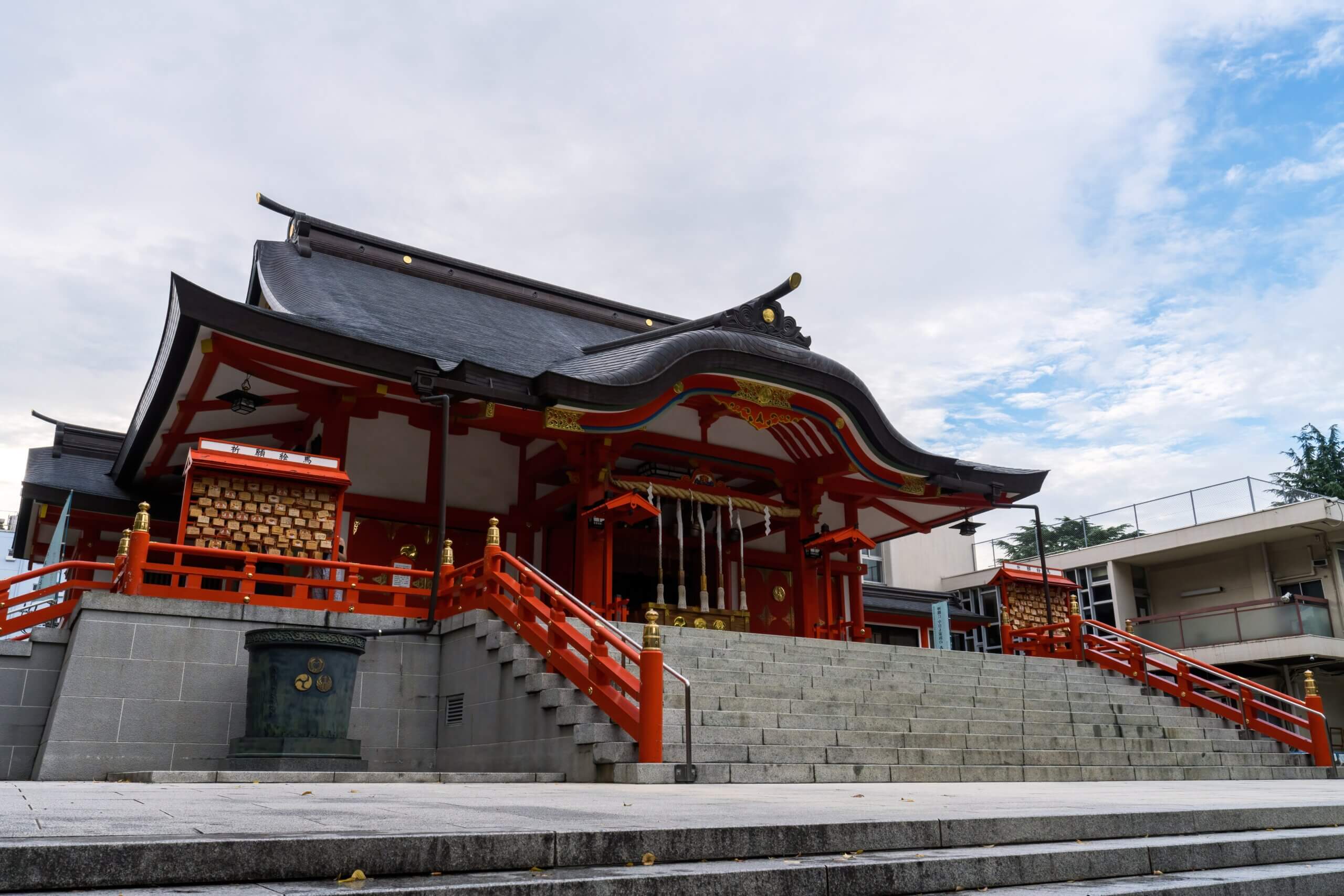
Hanazono Shrine in the heart of Shinjuku, is a hidden gem, dating back to the Edo period, offers a serene escape with lush greenery and spiritual vibes. Visitors gather here to offer prayers, soak in positive vibes, and perhaps partake in some traditional rituals.
Tips for First-Time Visitors
- How to get there: The shrine is located a few minutes walk from Shinjuku Station on the Yamanote Line. Take the East Exit of Shinjuku Station and walk towards Kabukicho. The shrine is a bit hidden behind the buildings lining Yasukuni Dori Avenue, so you may need to look for it carefully.
- When to go: The shrine is open from 24 hours every day. However, it is most popular during the Tori no Ichi festival, which is held in November and December!
- What to wear: There is no strict dress code for visiting the shrine, but just like visiting other spiritual sites, it is considered respectful to dress modestly. Avoid wearing shorts, tank tops, or other revealing clothing.
- What to do: Once you arrive at the shrine, you can walk around the grounds, admire the architecture, and pray at the honden, the main shrine hall. You can also buy an omikuji, a fortune slip, from one of the shrine's fortune-tellers.
Fun Fact: Hanazono Shrine is a popular spot for Japanese actors and singers to pray before important performances. Many of them have donated large amounts of money to the shrine.
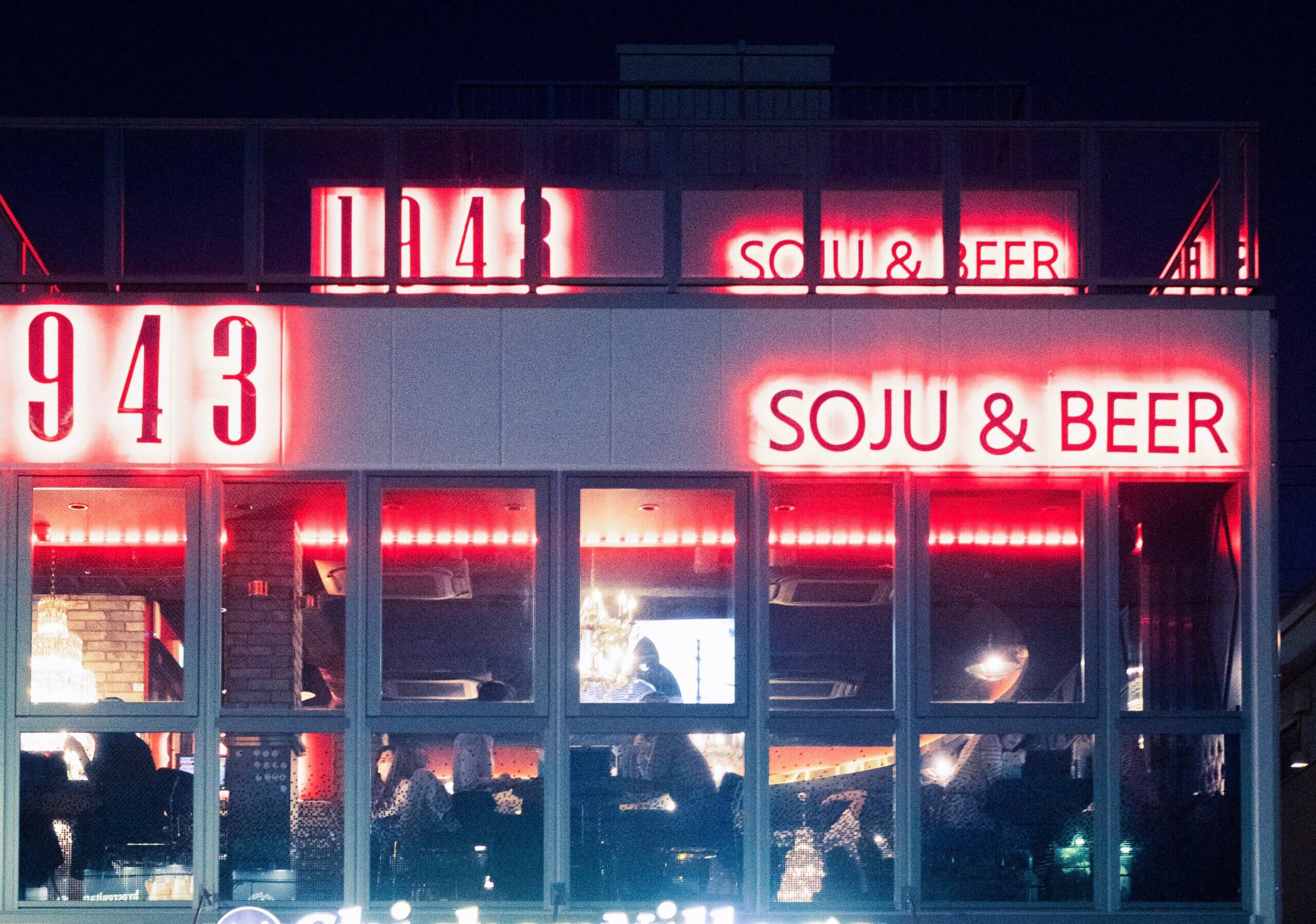
Regardless you're a seasoned traveler or a first-time visitor to Japan, Shin-Okubo promises an unforgettable culinary and cultural adventure. With its vibrant atmosphere, authentic Korean flavors, and unique blend of Japanese and Korean influences, Shin-Okubo is a must-visit destination for anyone seeking to expand their cultural experience in Japan!
Shin-Okubo is a foodie's paradise, with diverse options of Korean restaurants where you can indulge in savory barbecued meats like bulgogi and samgyeopsal, or savor the hearty flavors of Korean stews like kimchi jjigae and doenjang jjigae, or refresh the taste with Korean drinks like soju or sikhye.
Beyond its culinary attractions, Shin-Okubo offers a taste of Korean culture through its K-pop shops, lively entertainment scene, and even famous K-beauty products.
Tips for First-Time Visitors
- Come with an empty stomach! The culinary temptations are endless, so you'll want to have plenty of room to try all the delicious things.
- Be prepared to wait: Shin-Okubo's popular restaurants often have queues, especially during peak hours.
- Embrace the cash-only policy: Many stores in Shin-Okubo still operate on a cash-only basis, so make sure to have enough yen on hand.
- Explore the narrow side streets: This is how you discover hidden gems like hole-in-the-wall eateries and quirky shops
Fun Fact: Shin-Okubo has played a significant role in introducing Japanese audiences to K-Pop, with many iconic Korean music stores and record shops lining its streets. The area has also been a popular spot for budding K-Pop artists to perform and gain exposure, contributing to the global spread of Korean pop culture.
Night Life: Izakaya, Bars, and Clubs in Shinjuku
In Shinjuku, izakayas are not just places to eat and drink; they are a cultural journey, an exploration of flavors and traditions that make Tokyo's nightlife truly exceptional. Shinjuku boasts numerous classic izakayas, where you can experience the authentic charm of wooden interiors, paper lanterns, and a welcoming ambiance. These izakayas often serve a wide range of yakitori (grilled skewers), sashimi, and other izakaya staples, providing a quintessential Japanese dining experience. Let's dive into the heart and soul of Tokyo through its izakayas!
Omoide Yokocho (Memory Lane)
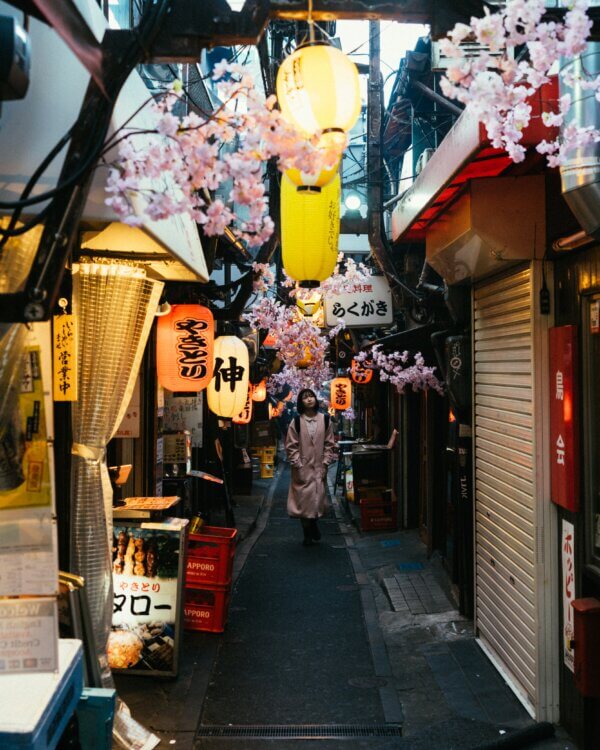
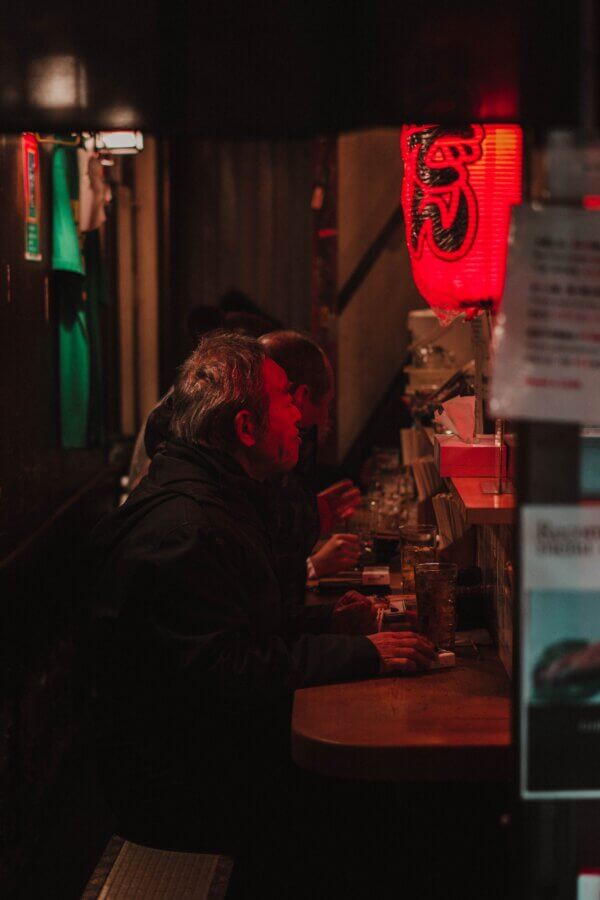
End your Shinjuku adventure at Omoide Yokocho, also known as Memory Lane or... "Piss Alley". This narrow alleyway is lined with tiny yakitori stalls, providing a nostalgic glimpse into post-war Tokyo and a perfect setting for a delightful meal.
Golden Gai
Discover the nostalgic charm of Golden Gai, an atmospheric area known for its narrow alleys and tiny bars. With over 200 establishments, each with its unique theme, it's a perfect spot for a night of exploration and socializing.
Kabukicho
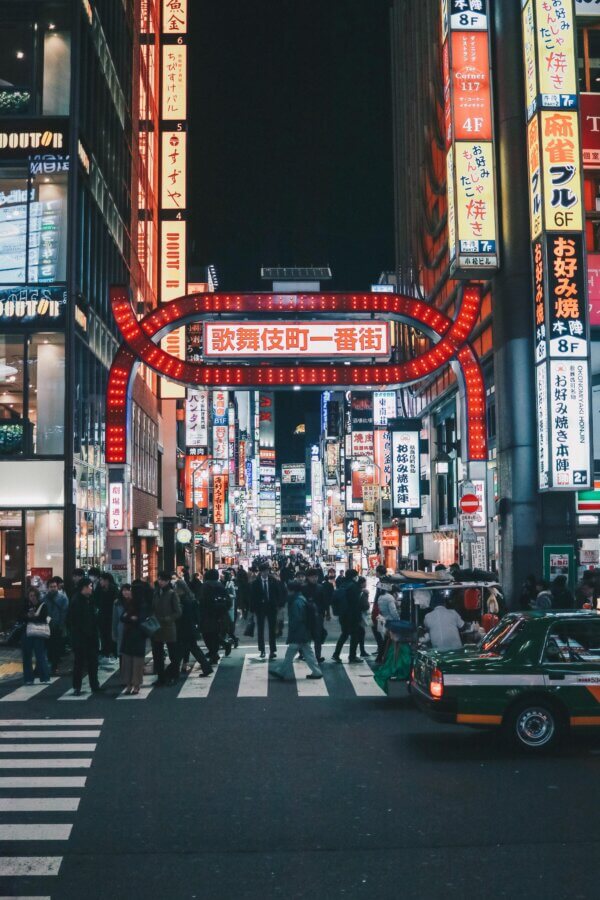

Kabukicho is Shinjuku's renowned entertainment district. You can explore themed cafes, bars, and restaurants, and witness the neon lights that transform the area into a mesmerizing spectacle after sunset!
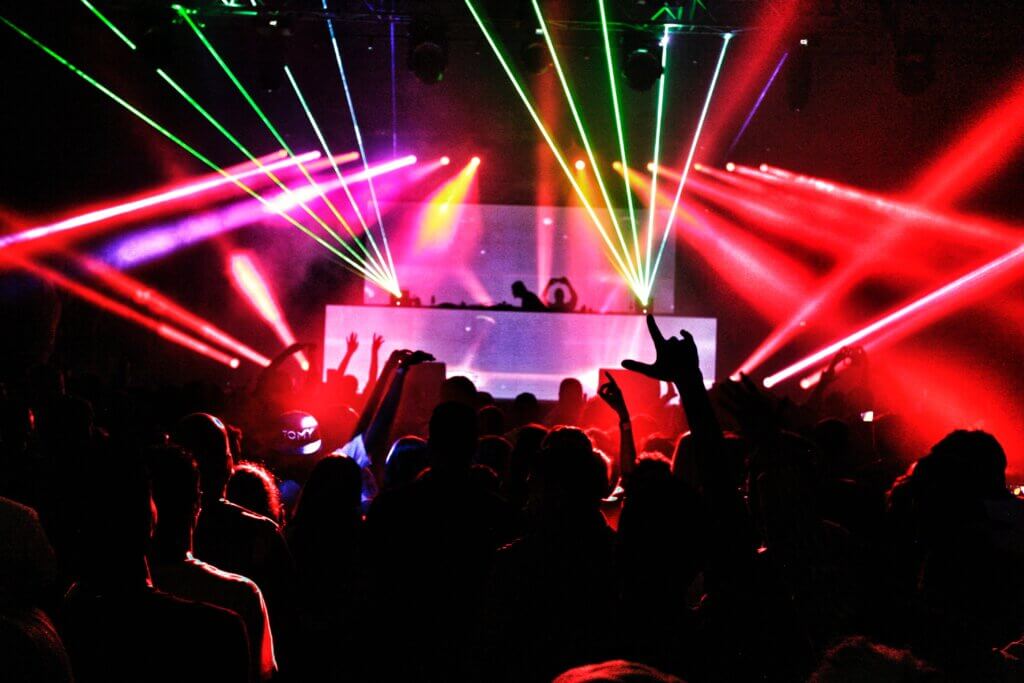
Last but not least, as Shinjuku is known as Tokyo's "Sleepless Town" because of its vibrant nightlife, you definitely can't miss out on the nightlife music scene... The area is home to a wide variety of clubs, catering to all tastes and budgets. Here we have listed down the TOP 4 clubs that are popular in the area!
In conclusion, Shinjuku is a multifaceted district that seamlessly blends modernity and tradition, offering a variety of activities to suit every traveler's taste. Whether you're drawn to the neon-lit streets of Kabukicho, the tranquility of Shinjuku Gyoen, or the eclectic charm of Golden Gai, Shinjuku promises an unforgettable experience. So, let's dive into a journey through the vibrant heart of Tokyo's most dynamic neighborhood!
Pssst..... If you are fluent in English and looking for a part-time job, there is also an English Conversational School in Shinjuku that actively looking for teachers from all around the world! If you want to earn extra income to fuel your fun, then teaching English at One Coin English could be an option for you! If you want to know more, visit our website or you can also apply directly through the link below!
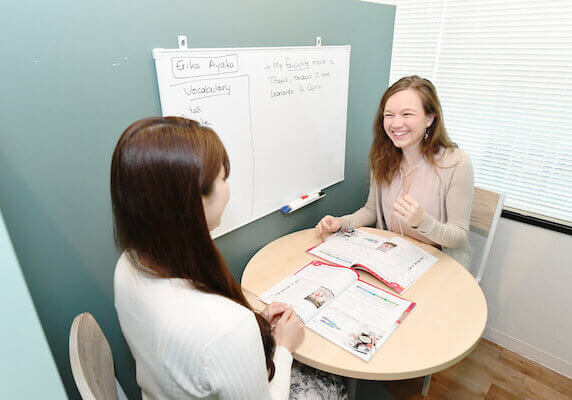
Part-Time English Teaching in Japan
We provide a training programme to get you familiar with our teaching methods and ready to thrive at OCE!

